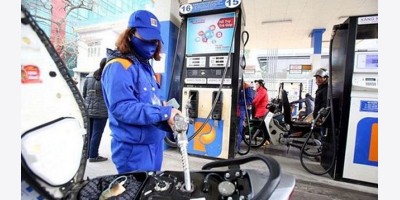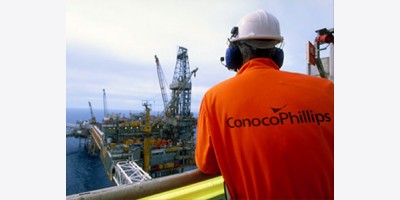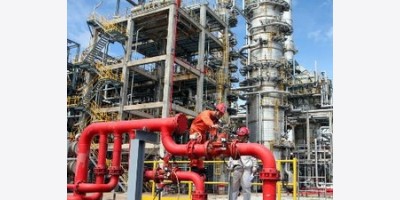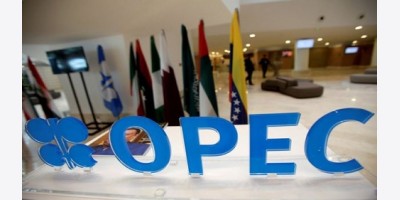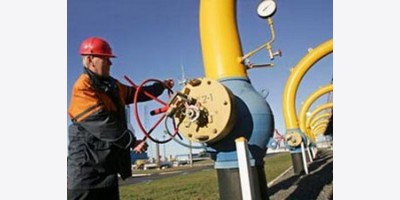By Bloomberg
Photographer: Dean Hutton/Bloomberg
The Public Investment Corp. plans to lead investment in energy projects in Africa by buying into South African shale gas projects and helping to fund what could be the world’s biggest power generation complex in Democratic Republic of Congo.
The continent’s largest money manager, which is based in the South African capital of Pretoria and has 1.6 trillion rand ($153 billion) under management and holds about 11 percent of the stock of companies traded in Johannesburg, will buy stakes in energy companies operating in Africa, its chief executive officer, Elias Masilela, 49, said in an April 1 interview in Johannesburg.
“We have taken the decision that we will play the lead in the energy space,” Masilela said. “Energy is one of the biggest barriers for the continent and if we don’t deal with it it is going to deal with us.”
Africa’s two biggest economies, Nigeria and South Africa, are among countries on the continent suffering power shortages that are restraining economic growth. The PIC’s focus on energy comes as South Africa explores developing shale projects in its arid Karoo area and attempts to develop the Inga hydropower complex on the Congo River are revived.
The PIC, which mostly manages South African state workers’ pensions, is the biggest shareholder in Johannesburg-based Sasol Ltd. (SOL), the world’s largest fuel-from-coal producer, as well as SacOil Holding Ltd. (SCL) and Camac Energy Inc. (CME), oil explorers listed on South Africa’s stock exchange.
South Africa’s state-owned power utility Eskom Holdings SOC Ltd. last month implemented the first rolling blackouts for the first time in six years, shutting shops and factories, after heavy rains disrupted coal supplies.
The potential for shale to transform South African energy supply means the PIC will probably invest in its production if “it makes commercial and sustainability sense,” Masilela said. The PIC defends Eskom’s use of coal, criticized for the pollution it causes, because it was investing in ways of cutting emissions as well, he said.
“Are we going to do the same with shale?” Masilela said. “Most likely, because we’d like to think that shale is going to be a replacement for what Eskom is relying on as a source of power going forward.”
Eskom, which supplies about 95 percent of South Africa’s power, currently burns coal for almost all of its electricity.
Opponents of hydraulic fracturing, which blasts water, chemicals and sand into rock to release gas, say it risks contaminating ground water.
South Africa’s President Jacob Zuma has supported shale-gas drilling in the semi-arid Karoo region, an area the size of Montana that’s the center of South Africa’s sheep-farming industry. Explorers including Royal Dutch Shell Plc (RDSA) hope to tap as much as 390 trillion cubic feet of gas resources, the eighth-biggest in the world, according to the U.S. Energy Information Administration.
Nearly half the economies in sub-Saharan Africa are still held back by frequent power-cuts even though the continent is well-endowed with fossil fuels and renewable energy resources, according to the World Bank.
The African Development Bank is trying to put together a group of investors, including the Overseas Private Investment Corp., the U.S. development finance institution, and the U.S. Agency for International Development to fund Democratic Republic of Congo’s $12 billion Inga 3 hydropower project on the Congo River, Masilela said.
“We’d be interested, but at the right level,” he said. “There’s no way a single investor could handle Inga. It’s too big, too many risks and it would rely to a large extent on political diplomacy.”
President Barack Obama in June pledged $7 billion over five years from U.S. institutions to try and double access to power in sub-Saharan where more than two-thirds of the population is without electricity. The PIC is one of the partners of Obama’s so-called Power Africa initiative, Masilela said.
The World Bank is in “active negotiations” with the U.S. government to support the Inga project, which could offer 4,800 megawatts of power to southern Africa by the beginning of the next decade, bank President Jim Yong Kim said on April 1. The complex, which lies on the world’s second-biggest river by volume after the Amazon, could eventually produce 50,000 megawatts, he said.
The biggest power plant in the world in operation is the Three Gorges hydropower plant on the Yangtze River in China, which has the capacity to produce 22,400 megawatts of electricity, according to data compiled by Bloomberg.
Congo is currently considering three groups of companies from Spain, China and Korea to begin construction by October 2015. The government has said it would welcome other companies that wish to join the project.
While more than two decades of failed starts on the Inga complex is an “overwhelming” legacy to overcome, Masilela said the project may happen now.
“The U.S. has invested dedicated resources towards this, both commercially and diplomatically,” Masilela said. “You can tell that the political capital is now behind the project. It’s like every head of state understands the benefits of this project and of completing it.”
To contact the reporters on this story: Franz Wild in Johannesburg at fwild@bloomberg.net; Janice Kew in Johannesburg at jkew4@bloomberg.net
To contact the editors responsible for this story: Antony Sguazzin at asguazzin@bloomberg.net Karl Maier





